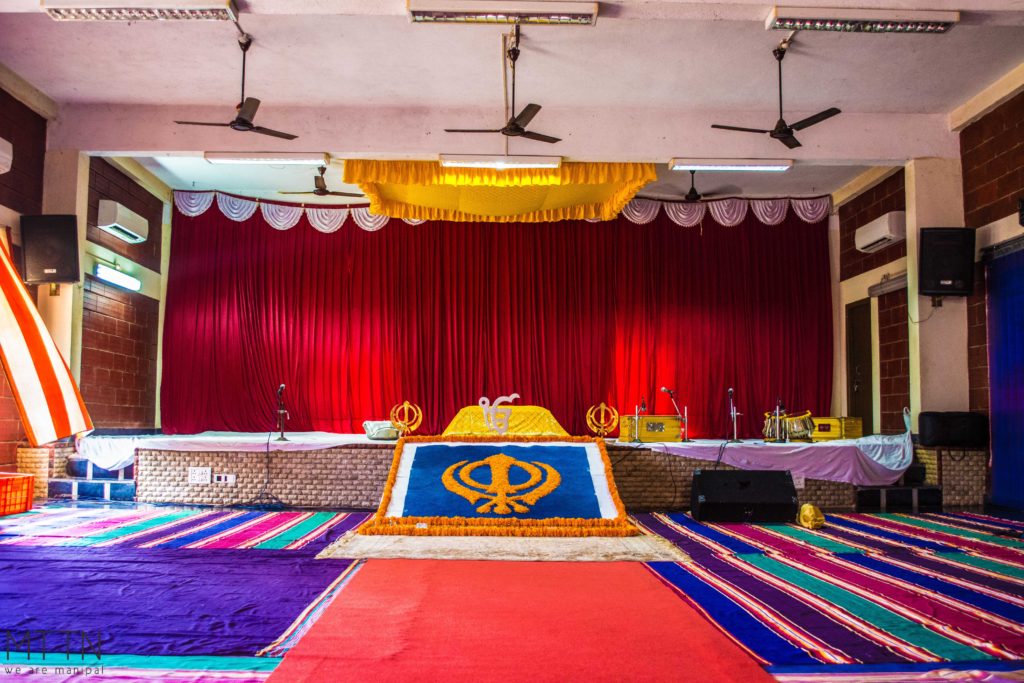
Writers: Sudhanshu Khadre and Arjan Singh
Photographer: Arjan Singh
‘Burn worldly love,
Rub the ashes and make ink of it,
Make the heart the pen,
The intellect of the writer,
Write that which has no end or limit’
-Sri Guru Granth Sahib
The above quote is from the Guru Granth Sahib which is the central and the most important religious scripture in Sikhism. While the whole concept of Sikhism is based upon a strong foundation of brotherhood, benevolence, and the devotion to mankind let us trace the evolution of this markedly flamboyant yet humble religion from those early bloody days.

Back in the 15th century a bunch of powerful, rude and property seizing invaders ruled India with an iron fist. Terrorizing the land, this bunch would lop off a man’s head for reasons as mundane as their utter dislike of the unfortunate dude’s ol’ grandma’s khaki knickers.

Amid the chaos and terror that had engulfed the cities and the lands, a pious, charitable and no-nonsense muscle bound dude decided to send the prowling bandits(who called themselves the Mughals) right back into the stone age.Hence, he gathered his bunch (five of them to begin with), accepted them into the folds of the Khalsa and rode off to wage war, drop a few heads and do whatever a 15th century equivalent of a heavily armed and slightly vengeful Rocky Balboa would do.
Fortunately that was back in the day (ahh!, the nostalgia). In modern times, the day the five (known as Panj Pyare) adopted the Sikh religion to become the first among men, is celebrated as Vaisakhi. This festival also marks the dawn of the harvest season across the sweeping fields of Punjab.
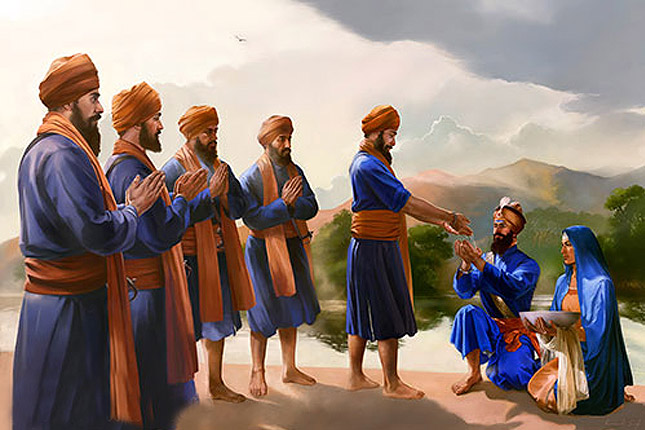
Vaisakhi is primarily Punjab’s harvest festival and marks the first day of the harvest season as well as the beginning of a new year in accordance with the Punjabi solar calendar. On this day, farmers pay their tribute, thanking God for the abundant harvest and also pray for future prosperity (there’s only so much hack and slash you can do before your thoughts wander towards the lush fields of the homeland). The festival is also celebrated by Hindus and Buddhists but for a variety of different reasons including the beginning of a new year. The day of celebration is followed by weeks of grueling work in the sun.
While the Mughal-slaughtering, hack and slash badassery displayed by the medieval Sikh confederacy may have fallen out of fashion in the modern times (sigh), the tradition of celebrating the festival of harvest continues in full gusto. In Manipal, Vaisakhi (and other Sikh festivals) is organized annually by the MAHE Sikh Association, a body consisting of students, professors and various Sikh (and a few Non Sikh) families settled here.
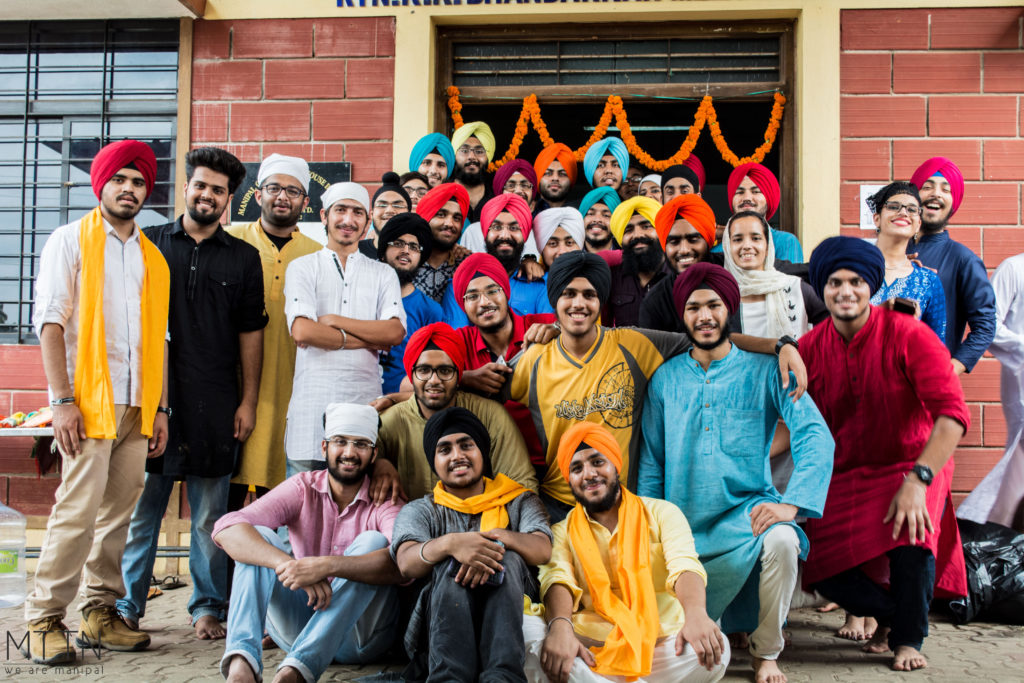
The Gurudwara, organizes weekly Sunday Langar which teaches devotees and volunteers the meaning and importance of selfless community service. The food is prepared by students, volunteers. People from various faiths, age groups etc. can be spotted relishing it. The organizing body is completely funded by the students, professors and local families with absolutely no funding from the university. Hence, it is a completely independent body. The Gurudwara also serves as a place to keep in touch with Sikhism’s rich culture and heritage and is a true living relic of Sikhism’s global outreach.
Every year the students from all over the university gather themselves and start preparing for Vaisakhi from a few days leading up to it. The preparation includes the entire set of volunteers working in perfect harmony, for days, without a wink of sleep. The act of the preparation of the meal itself, which takes over 20 hours, is called Seva. But Seva is more than just a service, it’s a selfless act of devotion to the brotherhood. All volunteers, religious or not display their devoutness to humankind by working together, ignoring personal differences and embracing the spirit of humanity.
Sikhism in itself is not a religion but a way of life. Developed during the seemingly barbaric medieval times, Sikhism urged its followers to shed the shroud of worldly sins and embrace the spirit of mankind. In essence this paved the way for evolution into the modern age and these qualities have not been lost over the centuries.
Which brings us to the main ceremony itself. At the beginning, the priest or Granthi starts reading the Guru Granth Sahib and then carefully explains the true instructions conveyed by the holy book. Thus bestowing its unbounded wisdom upon us mortals. After the various reading stages, a final prayer is performed and the gathering makes it way over to the open kitchens or langar, whose food I can personally assure you, is mindbogglingly good.
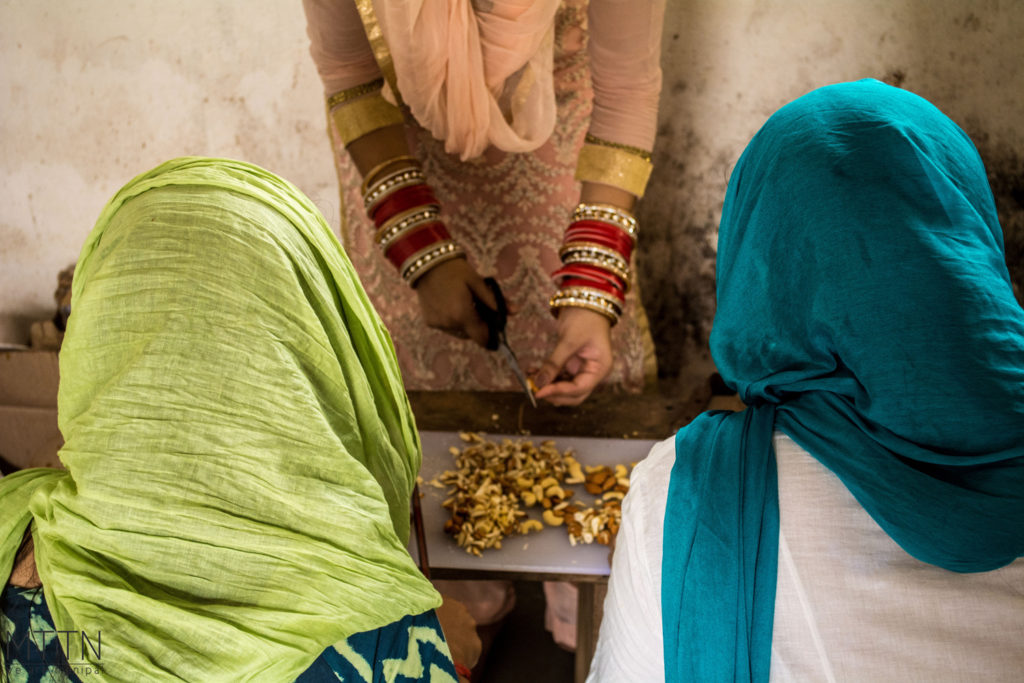
The festival inspires in one, a sense of piety, and the realization that the true purpose of religion is not subjugation but servitude to mankind and the world.
For those who’re yet to visit the gurudwara,it lies near the manipal lake area.
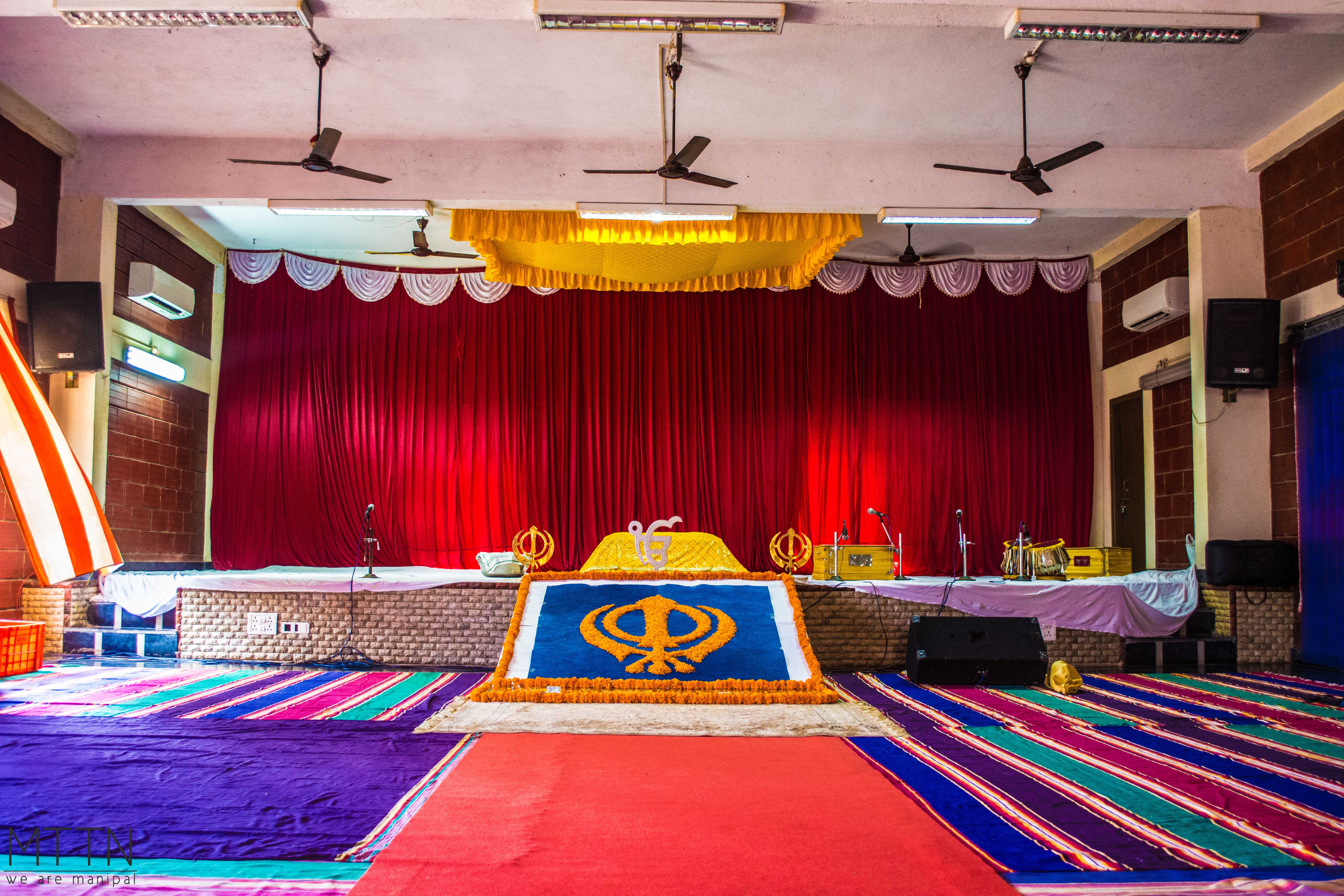
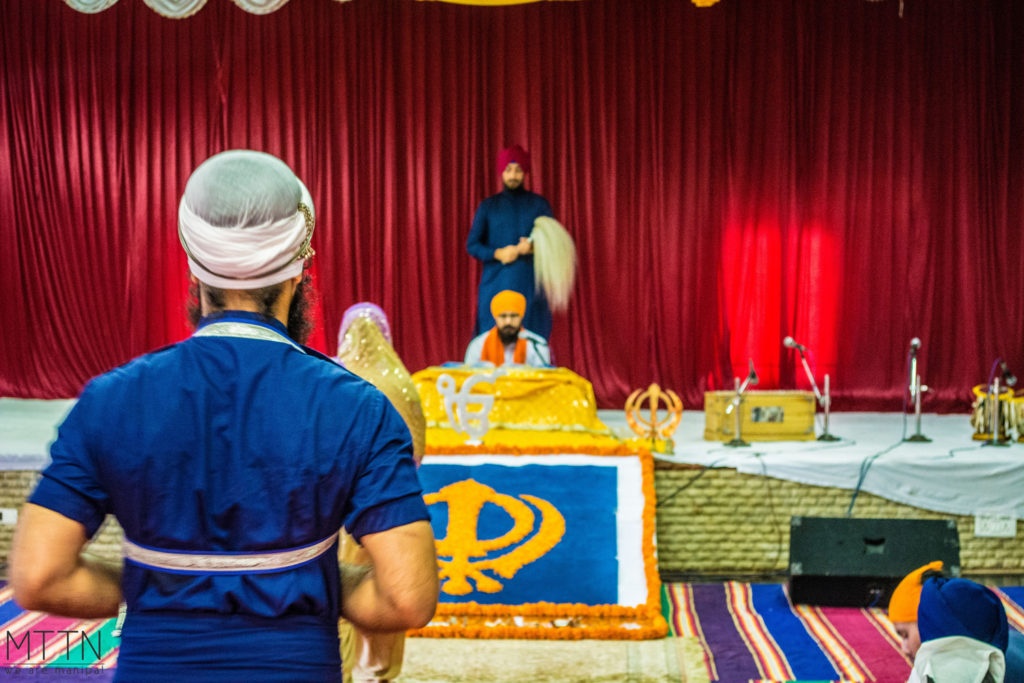
Leave a Reply
You must be logged in to post a comment.